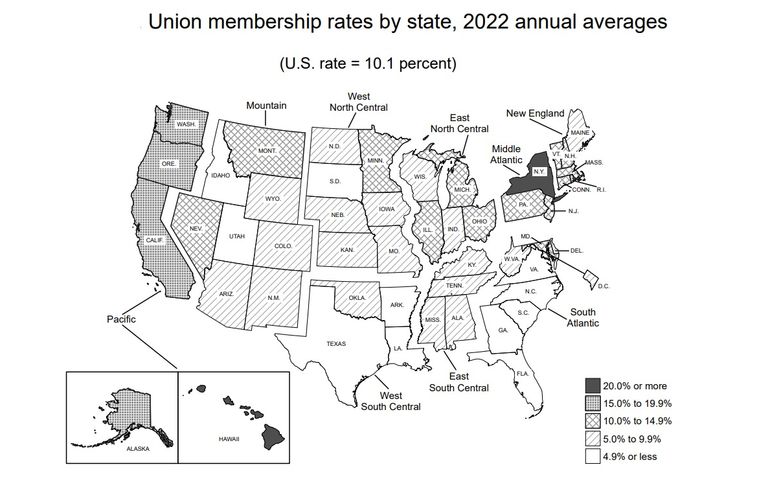Processing Your Payment
Please do not leave this page until complete. This can take a few moments.
-
News
-
Editions
-
- Lists
-
Viewpoints
-
HBJ Events
-
Event Info
- 2024 Economic Outlook Webinar Presented by: NBT Bank
- Best Places to Work in Connecticut 2024
- Top 25 Women In Business Awards 2024
- Connecticut's Family Business Awards 2024
- What's Your Story? A Small Business Giveaway 2024 Presented By: Torrington Savings Bank
- 40 Under Forty Awards 2024
- C-Suite and Lifetime Achievement Awards 2024
- Connecticut's Health Care Heroes Awards 2024
-
-
Business Calendar
-
Custom Content
- News
-
Editions
View Digital Editions
Biweekly Issues
- April 29, 2024
- April 15, 2024
- April 1, 2024
- March 18, 2024
- March 4, 2024
- February 19, 2024
- February 5, 2024
- January 22, 2024
- January 8, 2024
- + More
Special Editions
- Lists
- Viewpoints
-
HBJ Events
Event Info
- View all Events
- 2024 Economic Outlook Webinar Presented by: NBT Bank
- Best Places to Work in Connecticut 2024
- Top 25 Women In Business Awards 2024
- Connecticut's Family Business Awards 2024
- What's Your Story? A Small Business Giveaway 2024 Presented By: Torrington Savings Bank
- 40 Under Forty Awards 2024
- C-Suite and Lifetime Achievement Awards 2024
- Connecticut's Health Care Heroes Awards 2024
Award Honorees
- Business Calendar
- Custom Content
CT labor union membership rate drops, despite unionization efforts

The rate of union membership in Connecticut dropped between 2021 and 2022, despite a unionization push that included Starbucks workers and school bus drivers in the Nutmeg State and across the country.
The percentage of workers who were members of a union dropped from 14.6% in 2021 to 14.2% in 2022, even as the number of workers who belonged to unions increased over the same period, according to data from the U.S. Bureau of Labor Statistics.
The number of union members in Connecticut increased about 6%, from 223,000 in 2021 to 236,000 last year. That coincided with an increase in the total number of Connecticut workers, from about 1,524,000 in 2021, at the height of the pandemic, to 1,658,000 in 2022.
However, because the increase in workers was disproportionately large compared to the increase in union membership, the percentage of workers who were members of a union decreased.
That was the same case nationally, where the rate of union membership was also down, from 10.3% in 2021 to 10.1% in 2022. However, the number of workers belonging to unions in 2022 was 14.3 million, an increase of 273,000, or 1.9%, from 2021.
The national unionization rate was the lowest in U.S. history. In 1983, the first year where comparable union data were available, the union membership rate was 20.1% and there were 17.7 million union workers, according to the BLS.
Other highlights from the 2022 national data:
- The union membership rate of public-sector workers (33.1%) continued to be more than five times higher than the rate of private-sector workers (6%).
- The highest unionization rates were among workers in protective service occupations (34.6%) and in education, training and library occupations (33.7%).
- Men continued to have a higher union membership rate (10.5%) than women (9.6%).
- The gap between union membership rates for men and women has narrowed since 1983 (the earliest year for which comparable data are available), when rates for men and women were 24.7% and 14.6%.
- Black workers remained more likely to be union members than white, Asian or Hispanic workers.
- Among states, Hawaii and New York had the highest union membership rates (21.9% and 20.7%), while South Carolina and North Carolina had the lowest (1.7% and 2.8%).

2022 Giving Guide
This special edition informs and connects businesses with nonprofit organizations that are aligned with what they care about. Each nonprofit profile provides a crisp snapshot of the organization’s mission, goals, area of service, giving and volunteer opportunities and board leadership.
Learn more
Subscribe
Hartford Business Journal provides the top coverage of news, trends, data, politics and personalities of the area’s business community. Get the news and information you need from the award-winning writers at HBJ. Don’t miss out - subscribe today.
Subscribe
2024 Book of Lists
Delivering Vital Marketplace Content and Context to Senior Decision Makers Throughout Greater Hartford and the State ... All Year Long!
Read Here-
2022 Giving Guide
This special edition informs and connects businesses with nonprofit organizations that are aligned with what they care about. Each nonprofit profile provides a crisp snapshot of the organization’s mission, goals, area of service, giving and volunteer opportunities and board leadership.
-
Subscribe
Hartford Business Journal provides the top coverage of news, trends, data, politics and personalities of the area’s business community. Get the news and information you need from the award-winning writers at HBJ. Don’t miss out - subscribe today.
-
2024 Book of Lists
Delivering Vital Marketplace Content and Context to Senior Decision Makers Throughout Greater Hartford and the State ... All Year Long!
ABOUT
ADVERTISE
NEW ENGLAND BUSINESS MEDIA SITES
No articles left
Get access now
In order to use this feature, we need some information from you. You can also login or register for a free account.
By clicking submit you are agreeing to our cookie usage and Privacy Policy
Already have an account? Login
Already have an account? Login
Want to create an account? Register
Get access now
In order to use this feature, we need some information from you. You can also login or register for a free account.
By clicking submit you are agreeing to our cookie usage and Privacy Policy
Already have an account? Login
Already have an account? Login
Want to create an account? Register






0 Comments